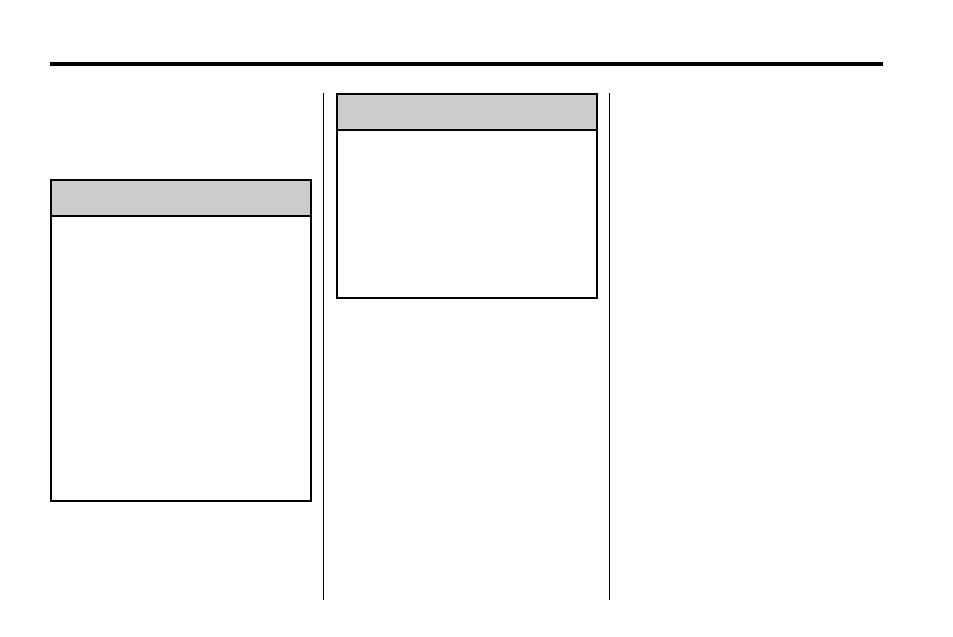Different size tires and wheels, Different size tires and, Wheels -60 – Hummer 2010 H3 User Manual
Page 326

10-60
Vehicle Care
See Tire Inspection on page 10‑57
and Tire Rotation on page 10‑57
for information on proper tire
rotation.
{
WARNING
Mixing tires could cause you
to lose control while driving.
If you mix tires of different
sizes, brands, or types
(radial and bias-belted tires)
the vehicle may not handle
properly, and you could have
a crash. Using tires of different
sizes, brands, or types may
also cause damage to your
vehicle. Be sure to use the
correct size, brand, and type
of tires on your vehicle's
wheels.
{
WARNING
If you use bias-ply tires on the
vehicle, the wheel rim flanges
could develop cracks after
many miles of driving. A tire
and/or wheel could fail
suddenly, causing a crash.
Use only radial-ply tires with
the wheels on the vehicle.
If you must replace your
vehicle's tires with those that do
not have a TPC Spec number,
make sure they are the same
size, load range, speed rating,
and construction type (radial
and bias‐belted tires) as your
vehicle's original tires.
Vehicles equipped with a tire
pressure monitoring system may
give an inaccurate low‐pressure
warning if non‐TPC spec rated
tires are installed on your
vehicle. Non‐TPC Spec rated
tires may give a low‐pressure
warning that is higher or lower
than the proper warning level
you would get with TPC Spec
rated tires. See Tire Pressure
Monitor System on page 10‑52.
Your vehicle's original
equipment tires are listed
on the Tire and Loading
Information Label. See Vehicle
Load Limits on page 9‑27, for
more information about the Tire
and Loading Information Label
and its location on your vehicle.
Different Size Tires and
Wheels
If you add wheels or tires that are
a different size than your original
equipment wheels and tires, this
could affect the way your vehicle
performs, including its braking,
ride and handling characteristics,
stability, and resistance to rollover.